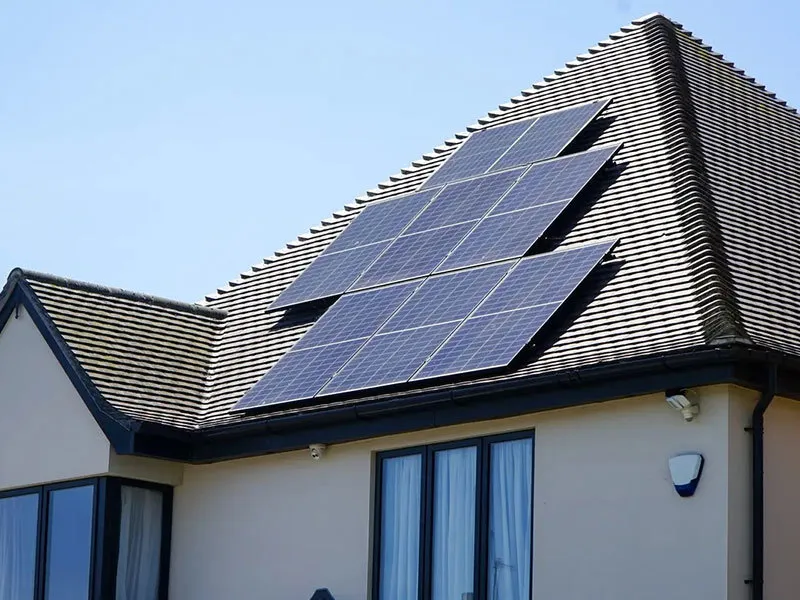solar panel efficiency at high temperatures
Solar Panel Efficiency at High Temperatures
In recent years, solar energy has emerged as one of the most promising renewable energy sources in the fight against climate change. Solar panels, also known as photovoltaic (PV) cells, convert sunlight directly into electricity and are increasingly being deployed across the globe. However, one critical factor that influences the performance of solar panels is temperature. As climates warm and temperatures rise, understanding how high temperatures affect solar panel efficiency becomes essential for maximizing energy production.
The Physics Behind Solar Panel Efficiency
Solar panels are primarily made of silicon, a semiconductor material that generates electricity when exposed to sunlight. The efficiency of a solar panel is typically expressed as a percentage of the sunlight that it converts into usable electricity. Standard test conditions for measuring solar panel efficiency include a temperature of 25 degrees Celsius (77 degrees Fahrenheit). However, real-world conditions often deviate from these ideal parameters.
As the temperature of solar panels increases, their efficiency usually decreases. This phenomenon occurs due to the intrinsic properties of silicon. Higher temperatures lead to an increase in the internal thermal energy of the silicon atoms, which can disrupt the movement of charge carriers (electrons and holes). When the temperature rises, the increased energy can cause more charge carriers to recombine rather than flow through the circuit, resulting in a loss of electricity generation.
The Impact of High Temperatures
The effect of temperature on solar panel efficiency is quantified by the temperature coefficient of the panel. This coefficient indicates how much the efficiency decreases with each degree Celsius increase in temperature above 25 degrees Celsius. For most silicon-based solar panels, the temperature coefficient typically ranges from -0.2% to -0.5% per degree Celsius. This means that for every degree Celsius increase in temperature, the efficiency can drop by 0.2% to 0.5%.
In regions with consistently high temperatures, such as deserts or tropical climates, this effect can significantly reduce the overall energy output from solar installations. For example, a solar panel with a temperature coefficient of -0.4% might see a drop in efficiency from 17% at 25 degrees Celsius to around 15% at 45 degrees Celsius. Such reductions could lead to substantial losses in energy generation over the lifespan of the panels.
solar panel efficiency at high temperatures

Strategies to Mitigate Efficiency Loss
To counteract the adverse effects of high temperatures on solar panel efficiency, several strategies can be employed.
1. Material Innovation Researchers are exploring alternative materials and technologies that maintain higher efficiencies at elevated temperatures. For instance, multi-junction solar cells, which are composed of different semiconductor materials stacked together, have shown promise in high-temperature environments. These cells can absorb a broader spectrum of sunlight and tend to perform better in elevated temperatures compared to traditional silicon-based cells.
2. Cooling Systems Implementing cooling systems can help maintain optimal operating temperatures for solar panels. Techniques such as water cooling or air ventilation can actively lower the temperature of panels, thereby enhancing efficiency. While these systems entail additional costs and energy consumption, the potential increase in energy output may justify the investment.
3. Proper Installation Installation practices can also impact the thermal performance of solar panels. Installing panels with adequate spacing from surfaces and ensuring proper airflow can help dissipate heat. Rooftop installations should consider materials that reflect heat, such as white or light-colored surfaces, to further minimize heat absorption.
4. Tracking Systems Incorporating solar tracking systems that adjust the angle of the panels to follow the sun’s path throughout the day can also mitigate heat buildup. By optimizing the angle, panels can generate more electricity during cooler periods of the day, contributing to overall efficiency.
Conclusion
As the world moves towards a more sustainable energy future, understanding the factors that influence solar panel efficiency is crucial. High temperatures pose a significant challenge, but through innovative materials, effective cooling strategies, and smart installation practices, the negative impacts on efficiency can be mitigated. As research progresses and technology evolves, improving solar panel performance in high-temperature environments will be key to maximizing the potential of solar energy and ensuring its role as a cornerstone in our transition to renewable energy sources.
-
String Solar Inverter: The High-Efficiency Solution for Smart Solar EnergyNewsJul.14,2025
-
Revolutionizing Rooftop Energy with the Power of the Micro Solar InverterNewsJul.14,2025
-
Power Independence with Smart Off Grid Solar Inverter SolutionsNewsJul.14,2025
-
On Grid Solar Inverter: Powering the Future with Smart Grid IntegrationNewsJul.14,2025
-
Monocrystalline Solar Panels: High-Efficiency Power for the Future of Clean EnergyNewsJul.14,2025
-
Bifacial Solar Panel: A Smarter Investment for Next-Generation Energy SystemsNewsJul.14,2025







